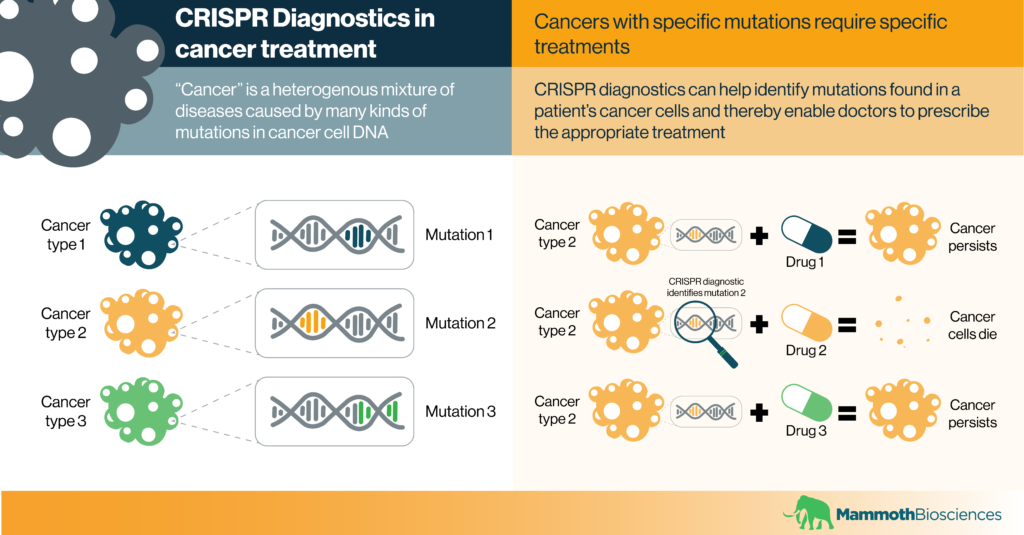Tyler Ford
06/11/2019
We often think of “cancer” as one disease. Yet, cancer is actually a broad term for many different ailments. All cancers are driven by changes in DNA that cause cells to grow uncontrollably. Indeed, these DNA changes are not the same in all types of cancer. Individual patients often have different DNA changes and thus different diseases.
This diversity can have huge impacts on cancer treatment. Some cancer treatments like chemotherapy are intended to affect all kinds of cancer. Yet, such broad treatments generally have devastating side effects. They often do more harm than good. Luckily, decades of cancer research have identified the DNA changes that cause cancer. Researchers have also developed drugs that block these specific causes.
The question thus becomes: why haven’t we made more progress in curing cancer? Indeed, the vast majority of new cancer drugs still fail to treat patients effectively enough to receive approval from the FDA. In this article, we highlight how traditional methods of categorizing cancers lead to ineffective treatment. We further discuss how CRISPR diagnostics can solve this problem. They will make it easier for doctors to tailor cancer treatments to patients.
Precision medicine: tailoring cancer treatments to patients
Scientists have long recognized that cancer comprises a mixture of diseases. Yet, they’ve lacked good ways to identify cancer subtypes until recently. Classically, physicians have used physical appearance or “morphology” to classify cancer subtypes. New technologies enable physicians to ID cancers much more precisely.

Using morphology is not a bad tactic. It can help physicians identify where cancer cells come from. It may also provide clues about how aggressive a cancer is. Yet, it’s hard to use physical characteristics to identify the DNA changes that cause cancer. Thus it’s difficult for physicians to treat patients based on cancer morphology alone.
The best way to identify cancer subtypes is to look at cancer cell DNA. Recognizing this, physicians have begun sequencing tumor DNA from cancer patients. With a cancer cell’s DNA sequence in hand, physicians can prescribe drugs that target the causes of cancer. These drugs are more likely to effectively treat the patient. This treatment paradigm is known as “precision medicine.”
Current issues with precision medicine: the need for simpler and less expensive diagnostic tools
Precision medicine is effective. Indeed, researchers can use DNA sequencing to place cancer patients into subgroups before testing new cancer drugs. When they do, the drugs are more likely to be effective. This is presumably because physicians can give the right drugs to the right patients.
Unfortunately, it’s often difficult and expensive to identify DNA sequences associated with specific types of cancer. The equipment required to sequence tumor DNA is expensive. In addition, analyzing DNA sequences is not trivial. Analysis requires time and expertise. Physicians in resource poor areas may be stretched too thin to access or analyze DNA sequencing equipment and data.
CRISPR diagnostics in cancer and precision medicine
CRISPR diagnostics can make it easier to treat patients following the principles of precision medicine. We can easily design CRISPR diagnostics to identify DNA sequences associated with particular types of cancer. Physicians can then use these diagnostics to test tumor samples from patients. Easy-to-interpret results will tell physicians what DNA changes drive a patient’s cancer. Thus, they should help all physicians direct cancer patients to the best treatments.
